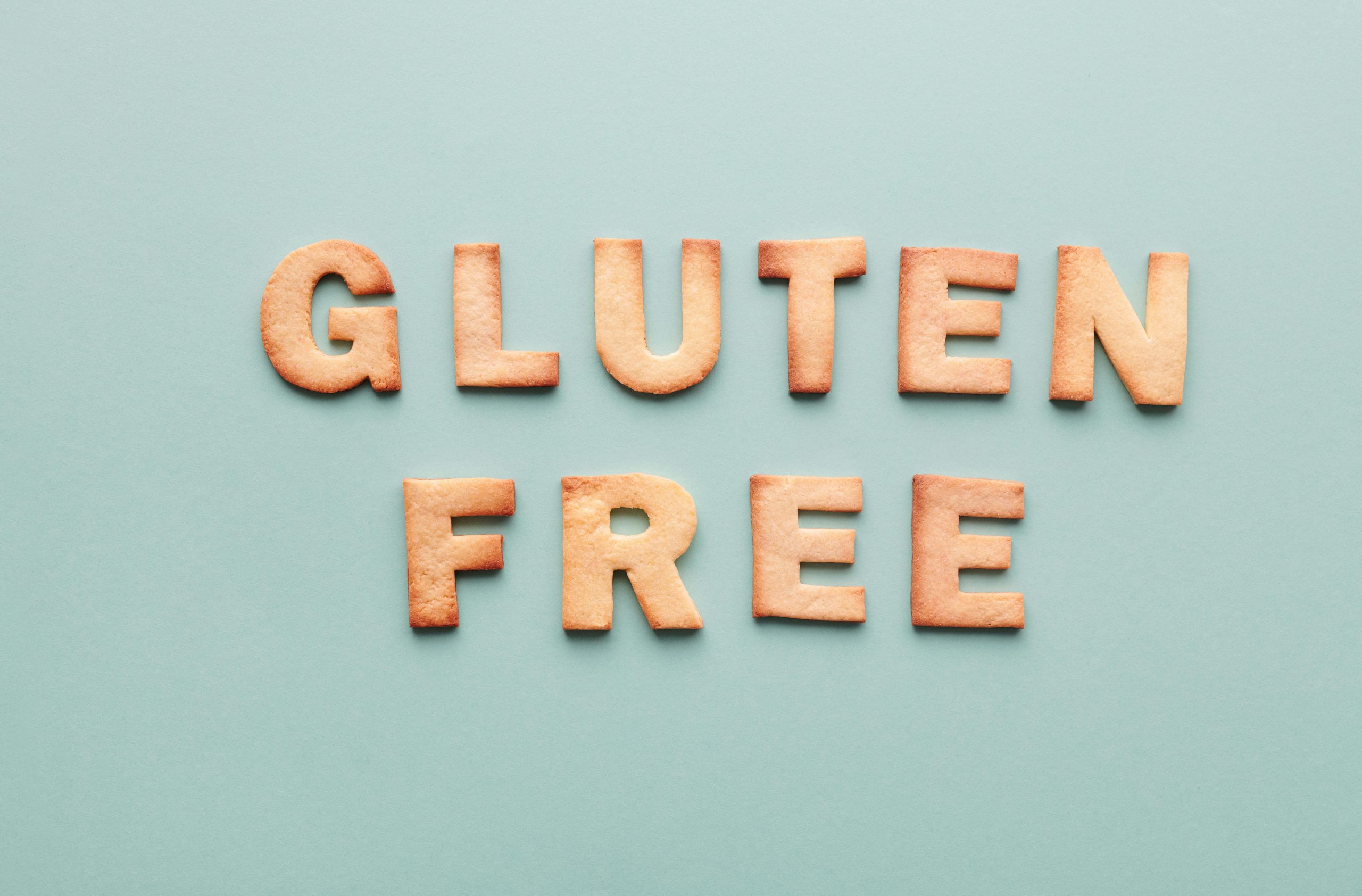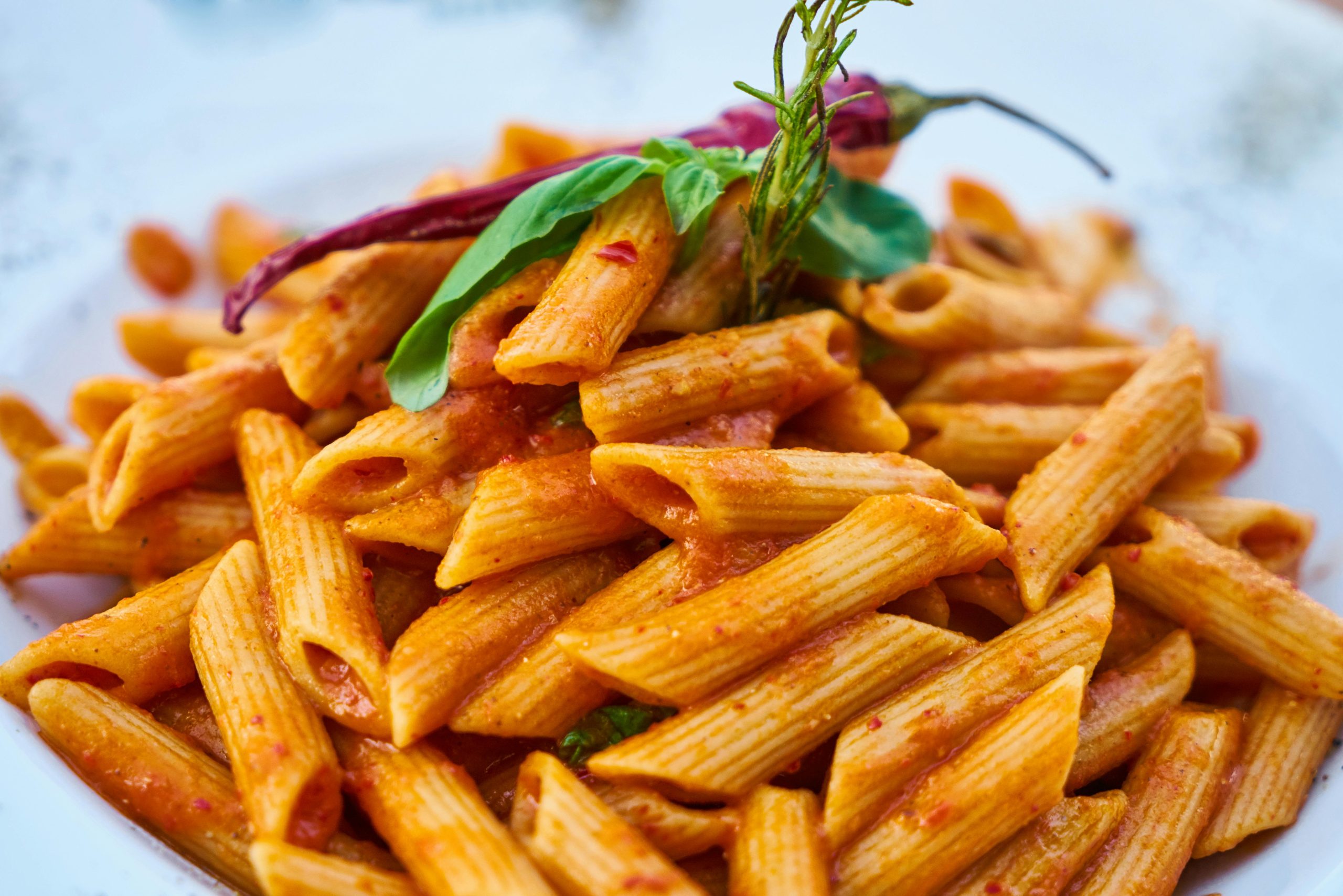Many people assume that gluten-free foods are automatically healthier, but that’s not always the case. While some gluten-free products are made with wholesome ingredients, others are packed with sugar, unhealthy fats, and artificial additives. Many processed gluten-free snacks replace wheat with high-calorie substitutes. They can be just as unhealthy—if not worse—than their gluten-containing counterparts. If you’re following a gluten-free diet, be aware of these seven surprisingly unhealthy products.

Image Source: Pexels
1. Gluten-Free Cookies and Brownies
Gluten-free baked goods may be free from wheat, but they are often loaded with sugar and refined starches. Many brands use rice flour, potato starch, and tapioca starch to mimic the texture of traditional cookies. These ingredients lack fiber and can cause blood sugar spikes. Some gluten-free cookies contain just as many—if not more—calories than regular versions. If you’re craving something sweet, homemade almond or coconut flour treats can be a healthier alternative.
2. Gluten-Free Bread
Many gluten-free breads are highly processed and contain added sugars, artificial preservatives, and gums to improve texture. While they may be wheat-free, these breads are often lower in fiber and higher in carbohydrates than whole-grain options. Some varieties even contain more calories per slice than regular bread. Choosing a whole grain gluten-free bread made with nutrient-dense ingredients like quinoa, flax, or chia seeds is a better option.
3. Gluten-Free Breakfast Cereals
Many gluten-free cereals contain just as much sugar—if not more—than traditional sugary cereals. To make up for the loss of wheat-based texture, manufacturers add extra sweeteners, starches, and artificial flavors. Some gluten-free cereals also lack the fiber and protein that help keep you full. Reading labels carefully and choosing options with whole grains like buckwheat or quinoa can help you find a healthier breakfast choice.
4. Gluten-Free Pasta

Image Source: Pexels
While gluten-free pasta is a great alternative for those with celiac disease or gluten sensitivities, some varieties are made from highly processed flour. Corn and white rice-based pasta lack the protein and fiber found in whole wheat pasta, leading to quicker digestion and potential blood sugar spikes. Whole grain options like chickpea, lentil, or brown rice pasta provide more nutrition and a better balance of macronutrients.
5. Gluten-Free Snack Bars
Many gluten-free snack bars are marketed as healthy, but they often contain a mix of sugar, syrups, and unhealthy oils. Some brands rely on processed starches and artificial ingredients to improve texture and taste. While they may be gluten-free, they can be just as calorie-dense as candy bars. Opting for bars with minimal ingredients, such as those made with nuts, seeds, and dried fruit, is a smarter choice.
6. Gluten-Free Chips and Crackers
Gluten-free chips and crackers are often made with refined grains and processed vegetable oils. Many contain added salt, artificial seasonings, and unhealthy fats to enhance flavor and crunch. Some brands even have more sodium and fat than regular wheat-based crackers. Choosing whole-food alternatives like seed-based crackers or baked vegetable chips can provide a more nutritious snacking option.
7. Gluten-Free Frozen Meals
Frozen gluten-free meals can be convenient, but they are often high in sodium, unhealthy fats, and preservatives. Many contain low-quality ingredients and lack the nutrients found in fresh, home-cooked meals. Some gluten-free frozen pizzas, for example, have more calories and saturated fat than their traditional counterparts. Preparing homemade gluten-free meals with whole, unprocessed ingredients is a healthier way to enjoy a gluten-free diet.
Just because a product is gluten-free doesn’t mean it’s automatically healthy. Many processed gluten-free foods contain added sugars, refined grains, and unhealthy fats that can make them just as unhealthy—if not worse—than regular alternatives. Reading labels carefully and choosing whole-food-based gluten-free options can help you maintain a balanced and nutritious diet.
Read More
